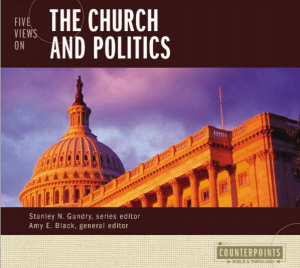From Binyamin Appelbaum and Robert Gebeloff:
There is little poverty here in Chisago County, northeast of Minneapolis, where cheap housing for commuters is gradually replacing farmland. But Mr. Gulbranson and many other residents who describe themselves as self-sufficient members of the American middle class and as opponents of government largess are drawing more deeply on that government with each passing year.
Dozens of benefits programs provided an average of $6,583 for each man, woman and child in the county in 2009, a 69 percent increase from 2000 after adjusting for inflation. In Chisago, and across the nation, the government now provides almost $1 in benefits for every $4 in other income.
Older people get most of the benefits, primarily throughSocial Security and Medicare, but aid for the rest of the population has increased about as quickly through programs for the disabled, the unemployed, veterans and children.
The government safety net was created to keep Americans from abject poverty, but the poorest households no longer receive a majority of government benefits. A secondary mission has gradually become primary: maintaining the middle class from childhood through retirement. The share of benefits flowing to the least affluent households, the bottom fifth, has declined from 54 percent in 1979 to 36 percent in 2007, according to a Congressional Budget Office analysis published last year.











